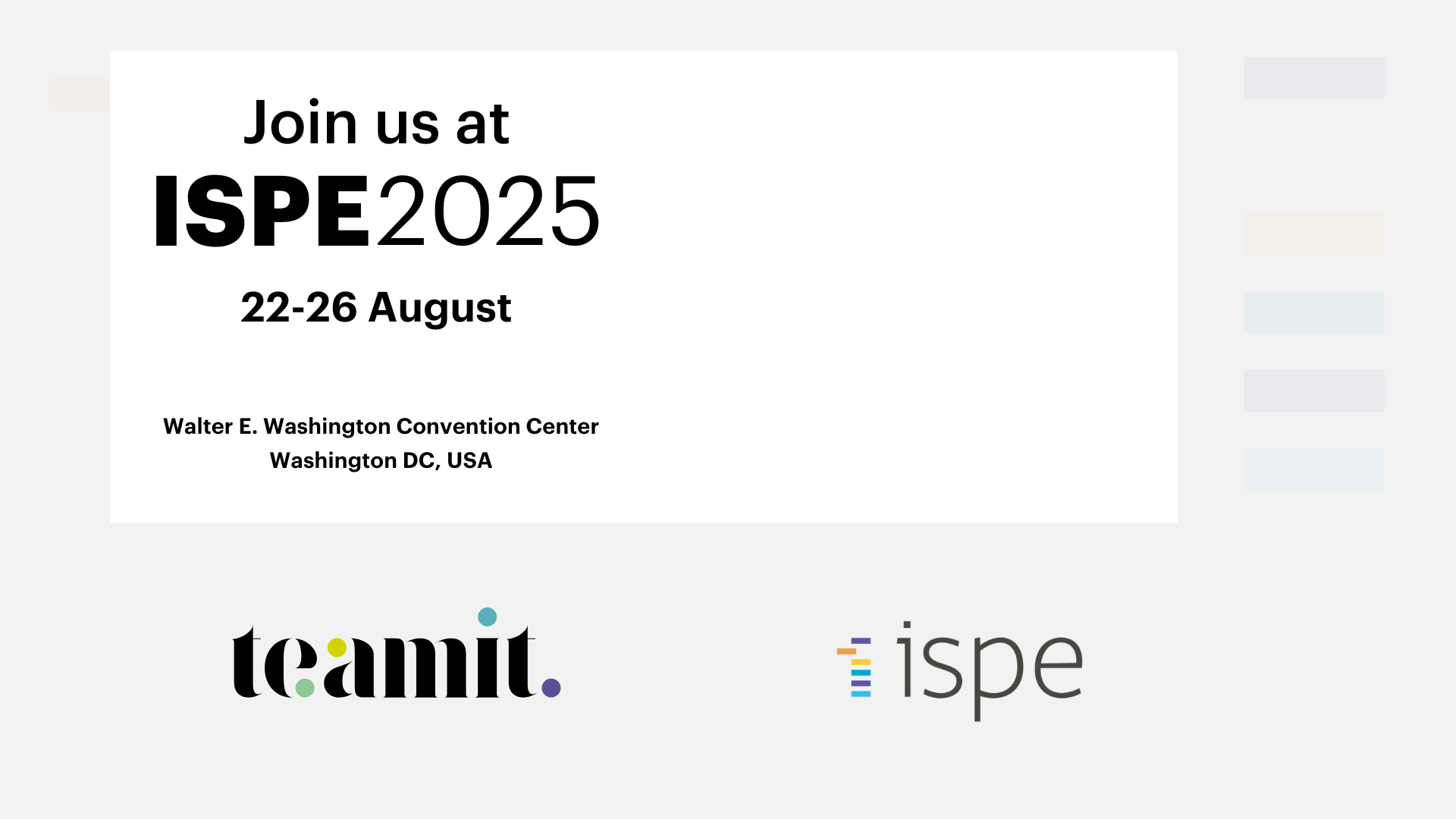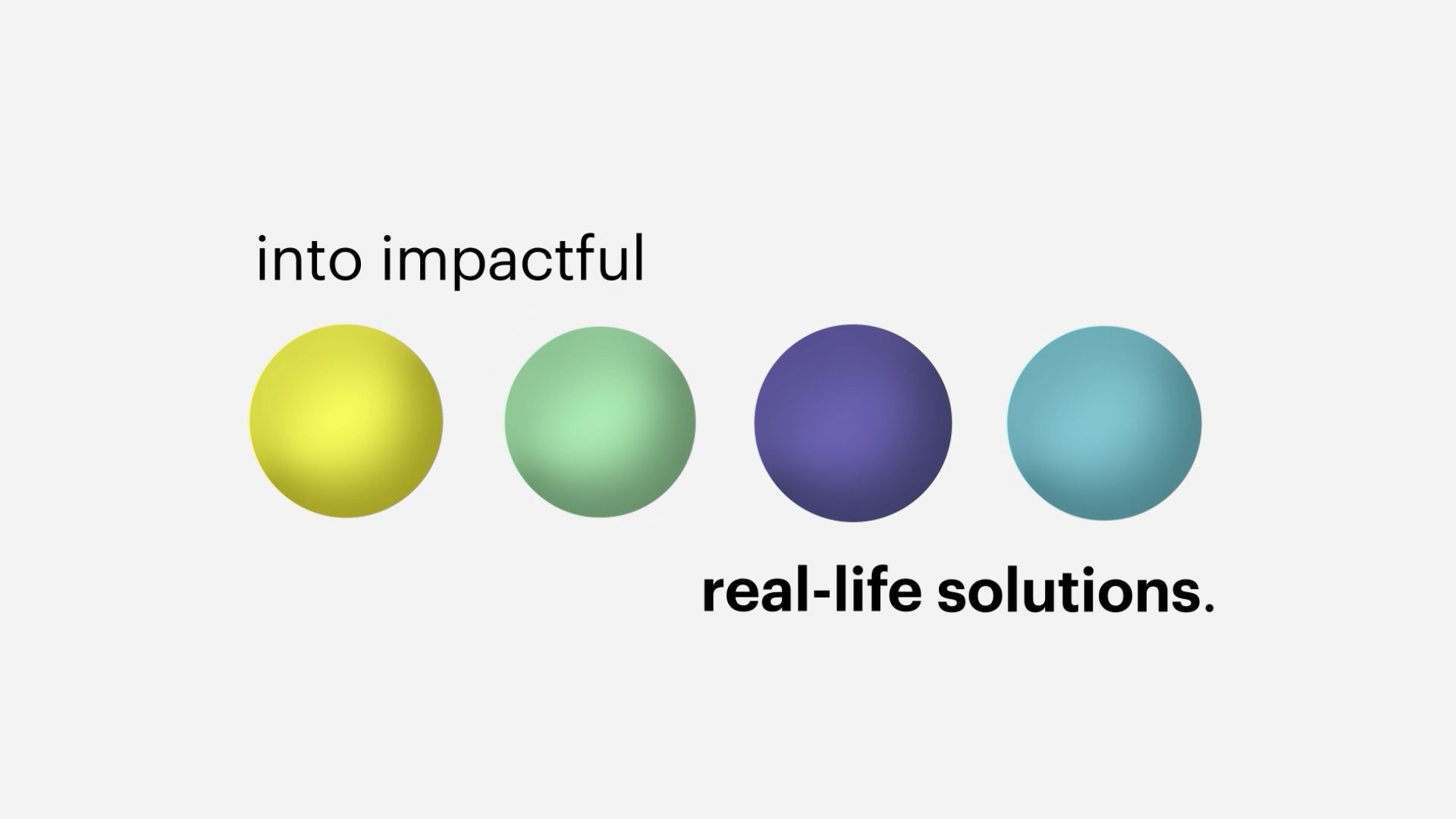Securing funding through EU-funded initiatives like Horizon Europe can be a complex process. At Teamit, we have a wealth of experience in successfully obtaining support from European Union funding calls. To offer guidance to potential applicants, we talked to Maica Llavero, Co-Head of EU-Funded Research Projects, to draw from her previous experience as an evaluator of EU-funded research applications. We began by exploring Maica’s professional journey and the experiences that brought her to her current role.
Can you share with us your journey in managing EU-funded projects and what inspired you to specialise in this field?
I have a background in biomedical research. I am a pharmacist by training and have a PhD in Neuroscience which I undertook at the University of Edinburgh. After some years doing research in an international environment, I decided to change tracks slightly: I moved to London where I helped technology companies to obtain research & development incentives. This job allowed me to realise two things I enjoyed beyond academia: 1. supporting innovators achieving their goals; and 2. Project management!
In 2020, with the COVID pandemic, I decided to find a job that truly fulfilled me in my native Barcelona. That´s when I came across the opportunity to work in EU projects at Teamit Research. My transferable skills in similar fields allowed me to quickly aquire specific EU-funded project management skills in a unit that I now co-lead.
As someone who has been both an applicant and an evaluator for the European Commission, how do you think this dual perspective has shaped your approach to proposal development?
Having been on the other side has helped me take into consideration the evaluators view when developing a proposal. This can be intense and stressful process, but it is worth taking a step back, zoom out and put yourself in the position of the evaluator. For example, evaluators have to review multiple proposals in topics in which they may not necessarily be experts. Thus, it is helpful for evaluators if the proposal is written in a clear and concise manner, avoiding niche details, especially in certain sections of the proposal and using schematics.
From an evaluator’s standpoint, what are the critical factors that make a proposal stand out among the rest? What role do stakeholders play in the evaluation process?
Clarity on project objectives is essential, as well as details of how the project is going to achieve the said objectives. In general, there should be a coherent and fluent connection between all sections: what we want to achieve and how it is going to be achieved. It is important to demonstrate that the proposal goes beyond the state of the art but applicants need also to be realistic with the resources available and the experience of the participants.
What are some common elements you’ve noticed in successful proposals that often get overlooked by applicants?
While having a good excellence section is key for a successful proposal, the impact section is equally important and often overlooked by applicants. The impact section brings together project results with short and long-term impacts and should specify how the results will allow the expected impact to be achieved. Researchers often feel less confident writing this section and end up having a rather general text that is not specific to their proposal.
Based on your experience, what strategic advice would you give to researchers looking to secure EU funding for their projects?
– Dedicate an equal amount of time to Excellence and Impact sections.
– Ensure the language is clear, avoid repetition and complex/long sentences.
– Include a schematic, if possible, in excellence section to help the evaluator understand the project from the beginning.
– If you need a Consortium, surround yourself with the necessary expertise as stated in the topic text.
– Data management, communication, gender balance and impact barriers, are sections often overlooked by applicants. Dedicate enough time and avoid generic (copy/paste) texts!
– Guide to applicants and the guidelines in the proposal template are very helpful and provide a lot of tips. Since obtaining a grant is very competitive, make sure you tick ALL the boxes before submitting the proposal.
Maica’s expertise and practical advice are invaluable for anyone navigating the complex landscape of EU-funded research projects. At Teamit, we leverage such insights to support our partners through the application process, ensuring that their proposals comply with EU requirements and are competitive and compelling. Find out more about Teamit’s expertise here.
Can you share with us your journey in managing EU-funded projects and what inspired you to specialise in this field?
I have a background in biomedical research. I am a pharmacist by training and have a PhD in Neuroscience which I undertook at the University of Edinburgh. After some years doing research in an international environment, I decided to change tracks slightly: I moved to London where I helped technology companies to obtain research & development incentives. This job allowed me to realise two things I enjoyed beyond academia: 1. supporting innovators achieving their goals; and 2. Project management!
In 2020, with the COVID pandemic, I decided to find a job that truly fulfilled me in my native Barcelona. That´s when I came across the opportunity to work in EU projects at Teamit Research. My transferable skills in similar fields allowed me to quickly aquire specific EU-funded project management skills in a unit that I now co-lead.
As someone who has been both an applicant and an evaluator for the European Commission, how do you think this dual perspective has shaped your approach to proposal development?
Having been on the other side has helped me take into consideration the evaluators view when developing a proposal. This can be intense and stressful process, but it is worth taking a step back, zoom out and put yourself in the position of the evaluator. For example, evaluators have to review multiple proposals in topics in which they may not necessarily be experts. Thus, it is helpful for evaluators if the proposal is written in a clear and concise manner, avoiding niche details, especially in certain sections of the proposal and using schematics.
From an evaluator’s standpoint, what are the critical factors that make a proposal stand out among the rest? What role do stakeholders play in the evaluation process?
Clarity on project objectives is essential, as well as details of how the project is going to achieve the said objectives. In general, there should be a coherent and fluent connection between all sections: what we want to achieve and how it is going to be achieved. It is important to demonstrate that the proposal goes beyond the state of the art but applicants need also to be realistic with the resources available and the experience of the participants.
What are some common elements you’ve noticed in successful proposals that often get overlooked by applicants?
While having a good excellence section is key for a successful proposal, the impact section is equally important and often overlooked by applicants. The impact section brings together project results with short and long-term impacts and should specify how the results will allow the expected impact to be achieved. Researchers often feel less confident writing this section and end up having a rather general text that is not specific to their proposal.
Based on your experience, what strategic advice would you give to researchers looking to secure EU funding for their projects?
– Dedicate an equal amount of time to Excellence and Impact sections.
– Ensure the language is clear, avoid repetition and complex/long sentences.
– Include a schematic, if possible, in excellence section to help the evaluator understand the project from the beginning.
– If you need a Consortium, surround yourself with the necessary expertise as stated in the topic text.
– Data management, communication, gender balance and impact barriers, are sections often overlooked by applicants. Dedicate enough time and avoid generic (copy/paste) texts!
– Guide to applicants and the guidelines in the proposal template are very helpful and provide a lot of tips. Since obtaining a grant is very competitive, make sure you tick ALL the boxes before submitting the proposal.
Maica’s expertise and practical advice are invaluable for anyone navigating the complex landscape of EU-funded research projects. At Teamit, we leverage such insights to support our partners through the application process, ensuring that their proposals comply with EU requirements and are competitive and compelling. Find out more about Teamit’s expertise here.




